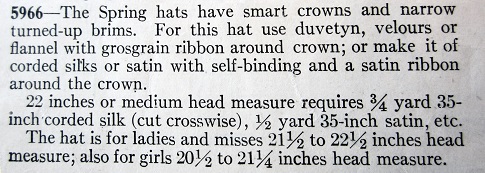
Butterick 5391 collars from Delineator, November 1933, p. 76
I’ve been watching many documentaries on YouTube about “Fast Fashion,” and its ecological impact. The full documentary True Cost can be watched on YouTube. This month, British science magazine The New Scientist made “Can Fashion Ever Be Green? The environmental cost of your clothing — and what you can do about it” its cover article. How serious is our dependence on polyesters and plastic? Microplastics are now being found in human breast milk.
In my youth, in the 1950s and 1960s, most working class or professional women like me did not have (or need) walk-in closets. Clothes were relatively much more expensive than they are today. (I would spend $20 to $35 dollars on a dress in the sixties, when my salary was about $400 per month. My rent — a studio apartment — was $80 -$90 per month.) I had about 10 dressy work outfits — usually washable — and varied them with different scarves or jewelry. (Big pins worn near the shoulder were very popular in the 60s.)
In the 1930s, women working in offices, stores, and other “customer contact” jobs like mine often got along with just a few good dresses.
We think nothing of a man who wears the same gray suit every day, changing his ties and shirts; in the Thirties, apparently many office workers also wore a wool (or linen or rayon) dress with interchangeable, washable collars to give the impression of a larger wardrobe. (These collars would also work over a simple sweater and skirt combo.)

“If your dress hasn’t gotten to the point where it needs a new top, hide its 1931 neckline beneath a collar, one of the new big white ones that make the new dresses look so fresh…. Every one of the collars here was taken from a brand-new dress. They all come right up to the base of the throat and they’re all deep enough that even an antiquated deep V neckline can be made to look like a new high one. They all button on,… are smartest in white satin, rough crepe, linen and pique.” Butterick patterns from Delineator magazine, December 1932.
A reader contacted me about Butterick “Quick Trick” patterns from the 1930s. This 1932 evening gown has two looks:

A “Quick Trick” evening gown, Delineator, 1932.
That one, Butterick 4751, featured a separate capelette that could be made in several colors, turning one evening gown into a formal dress or dinner dress. The one below left, 4746, is based on an asymmetrical dress beneath.

The wrap-over collar at left (#4746) is separate from the dress; the little cape transforms the dress at right. Oct. 1932.
Below is another version of dress #4746. In the version above, which appears to have a white collar at left, the detail sketch (below) shows that the entire neckline, sleeves and upper bodice could have been white, or a print material, as illustrated..

At left above is the dress without the collar. “Substitute a bow, a clip, a scarf.” Imagine the dress in navy with a white or cream option, a print or navy striped option, etc. I shared some of these clever accessories for working women in earlier posts, but I found some more (ones I hadn’t photographed from Delineator, 1933 and 1934) at the Commercial Pattern archive.
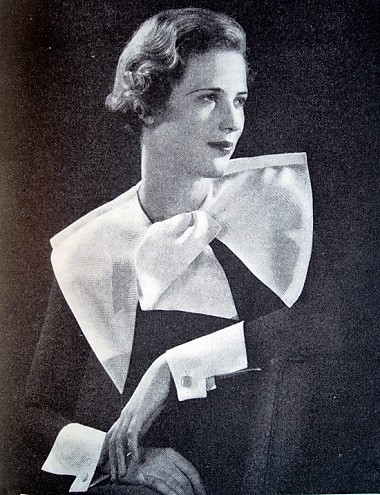
Butterick collar pattern 5391, photographed for Delineator magazine, March 1934. Huge collars (and/or huge bows) were very much a part of early thirties’ dress styles. See Great Big Collars..The pattern for this collar included several collar and cuff variations.
A woman who could only afford one good dress for office work could make it look like a whole wardrobe by changing collars and cuffs, or even adding a short cape or a “gilet” which covered the bodice.

This gilet is part of Butterick pattern 5391, which included several collars and cuffs. From 1933.
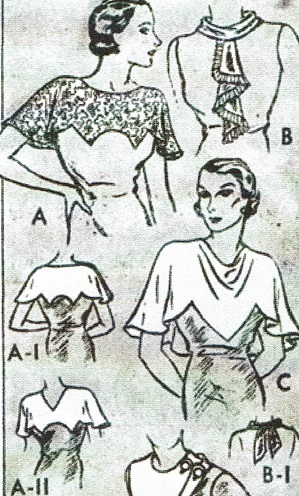
A set of collars from Butterick 4900. CoPA.

Butterick collars from Delineator, April 1933.

Butterick patterns from Delinator, November 1934.

Butterick pattern 4900, a set of collars.
Perhaps we can take inspiration from those Depression era styles, instead of buying “throw-away” dresses.
Personal note: I’ve been suffering from a variety of old age complaints that made reading and typing difficult, and while I was “away,” Microsoft “upgraded” my photo program in ways I find very inconvenient! They really took the fun out of blogging. Nevertheless, may we all have a happy fresh start (or “reboot”?) in 2023!
























































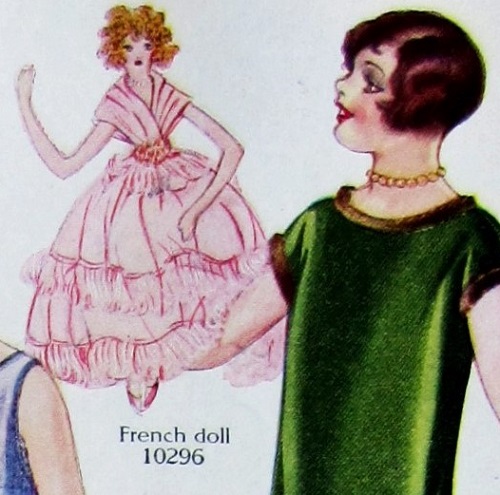
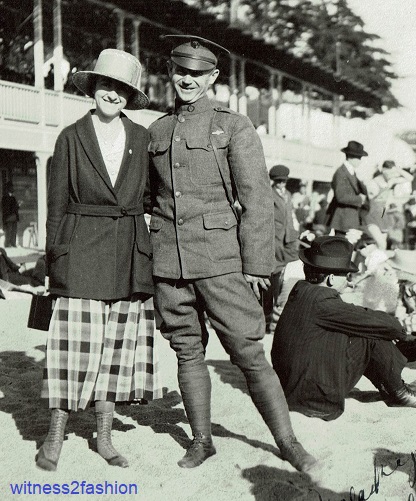







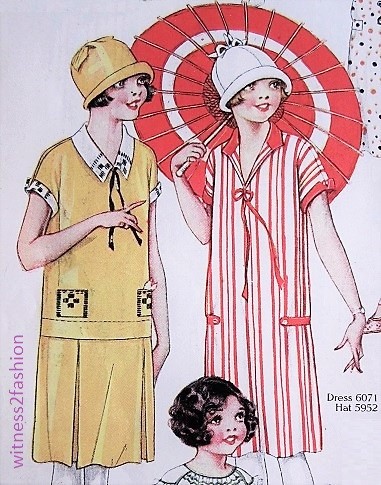






 The bow at the top did not need to be self-fabric. In later illustrations, this hat was often shown without the bow.
The bow at the top did not need to be self-fabric. In later illustrations, this hat was often shown without the bow.



